#filipino tattoos
Explore tagged Tumblr posts
Text
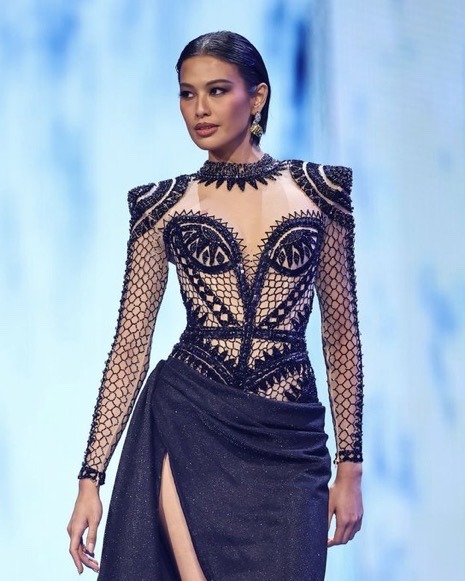
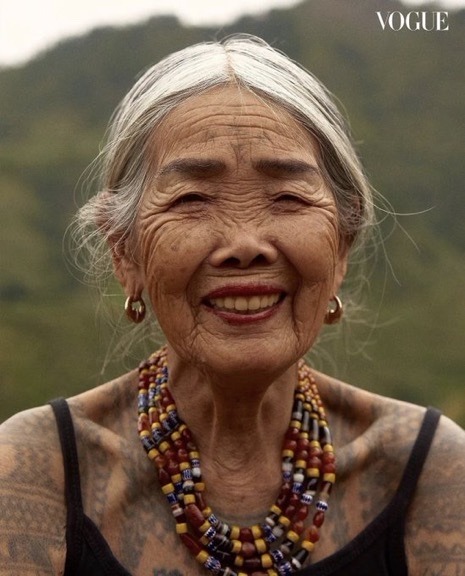
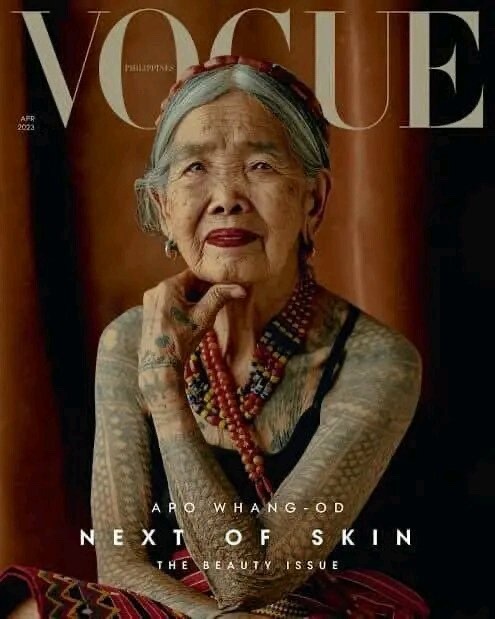
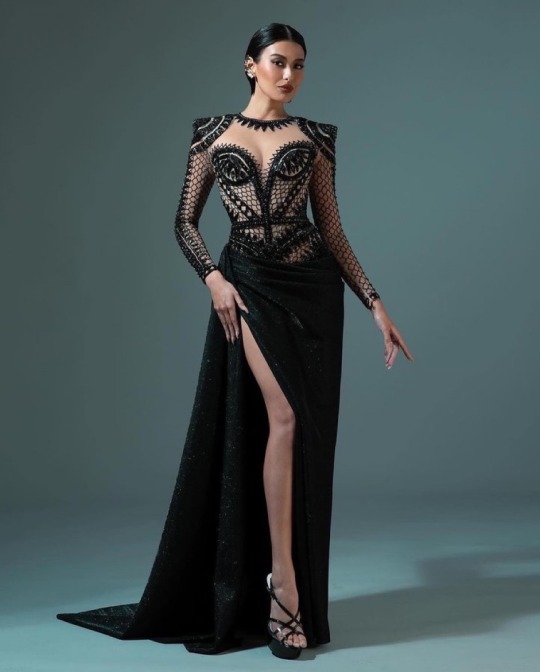
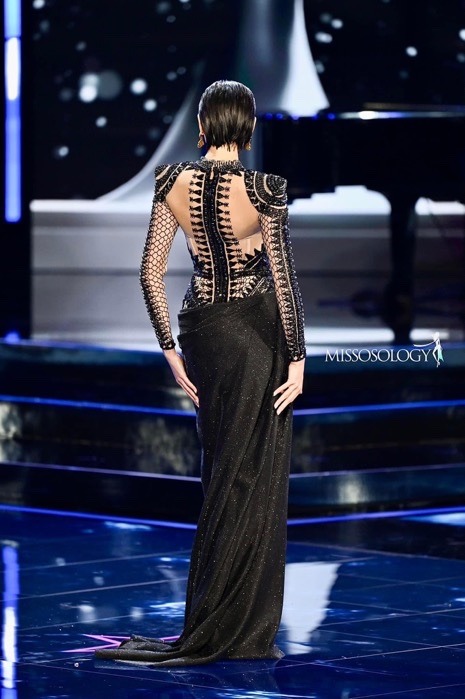

Michelle Dee, Miss Phillipines 2023, wore a dress as a tribute to the last and oldest living Kalinga (Indigenous Filipinos) tattoo artist, Apo Whang Od and her work
#michelle dee#Michelle Marquez dee#Maria Whang Od Oggay#apo whang od#philippines#miss universe#miss universe 2023#filipino#fashion#couture#fashion history#tattoo#indigenous#indigineous people#history#Art history#Vogue#miss Philippines#miss Philippines 2023#mine
11K notes
·
View notes
Text

had a psychotic breakdown. drew my parliament of knives oc. here’s eris arroyo she’s my ventrue i want to kick her to the sun. she’s transgender and is experiencing the horrors of catholicism and camarilla politics
b&w ver bc i like it a little more tbh

i kinda hate this but euhhhhhh
#shitty mother mary tattoo yeah sorry she’s also filipino-korean btw#born to be a model forced to be seneschal rip queen#all my filipino ocs gotta have catholicism embedded into their psyche#aiming for a romance with qui w her 🫶#actually going well dw#the punching thing was me trying out pok for the first time alr#🪐evren art#oc: eris arroyo#her actual name is eris hana kim-arroyo btw#just for fun#vtmpok#vtm parliament of knives#vtm ventrue#ventrue#ventrue oc#vtm#vampire the masquerade#trans oc#transgender oc#filipino oc#korean oc
163 notes
·
View notes
Text





✨️Batuk, batok, tatak, fatek, batek, tadtad, patik. All various terms throughout the Philippine archipelago that mean tattoo.
One of the original names the Spaniards gave to the islands of what is now known as the Philippines was "Islas de los Pintados" or the Islands of the Painted Ones. This was because the people they met were heavily tattooed. The batuk were given as marks of valor, womanhood, and also had spiritual aspects as one could not safely pass on to the afterlife without getting their marks. Each motif represented different meanings, drawing from nature, cultural practices, and the ancestors.
To read more on Filipino tattoos, I recommend reading manong Lane Wilcken's book Filipino Tattoos; Ancient to Modern.
#philippines#pinoy#filipino culture#precolonial Philippines#filipino tattoo#batok#batuk#filipino history#tattoo
198 notes
·
View notes
Text


Law but he's been nu metaled. we all agree he's a nu metal fan, right? Sorry to all my mutals who are being bombarded with one piece atm it will continue to happen 😔
#law#tralfagar law#tralfagar d water law#one piece#one piece fanart#fanart#my art#sombralunaart#nu metal#tralfagar law fanart#also ik hes canonically from real world germany but in my heart hes ethnically filipino#mostly bc his tats remind me of pacific islander/polynesian tattoos so hes either poly or filipino 2 me#also oda you coward give him snakebites and a nose ring
24 notes
·
View notes
Text
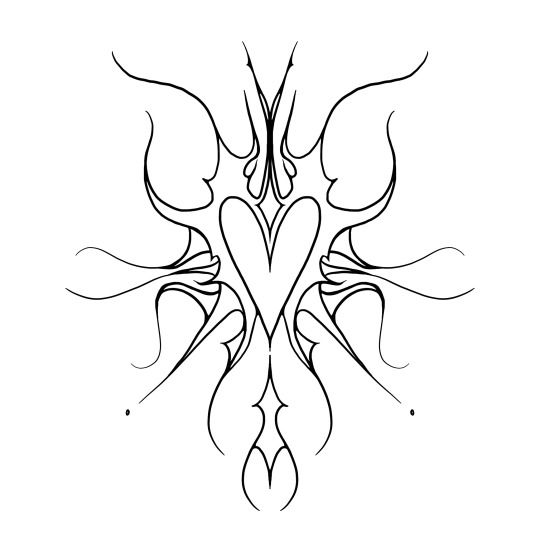

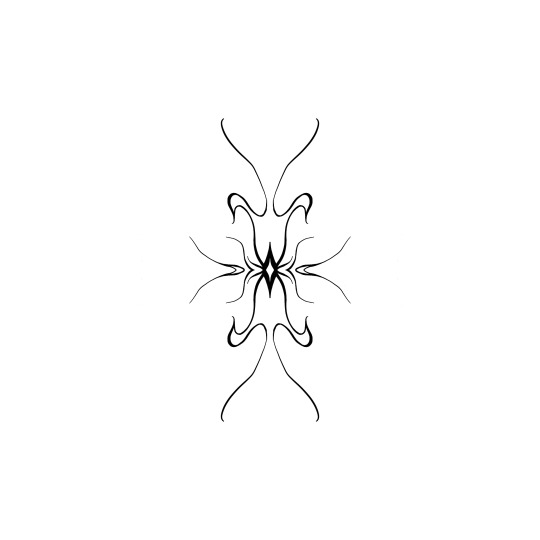
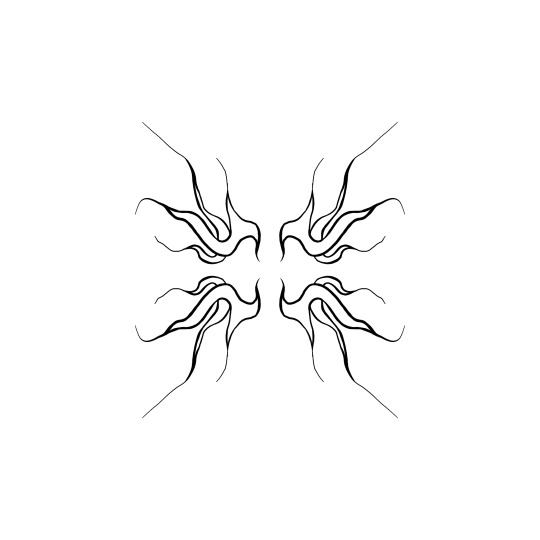
symmetric flash
#tattoo flash#tattoo#hand poke#hand poked#hand poke tattoo#hand poked tattoo#diy#lesbian#queer#trans#trans masc#gay#filipino#filipinx#nyc#brooklyn#queens
31 notes
·
View notes
Text
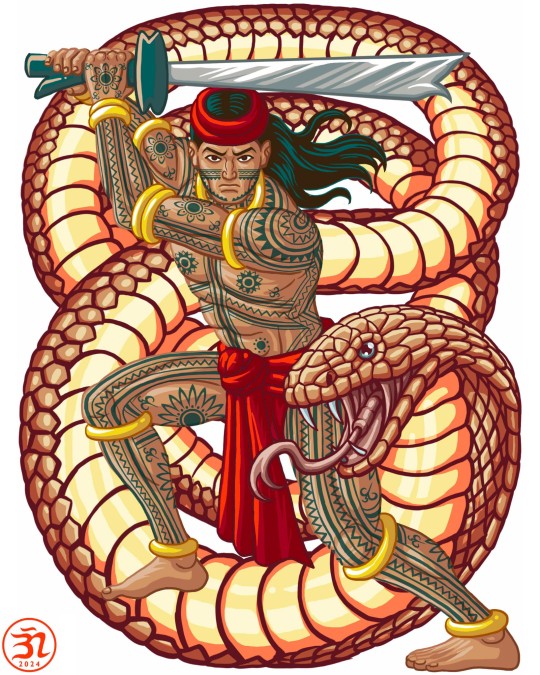
PINTADO X ULUPONG by Gerilya
2024
#art#art illustration#gerilya#pintado#lapulapu#filipino art#philippine art#filipiniana#tattoos#melanin
108 notes
·
View notes
Text
the sad thing about good looking strangers is that I'll never see them again,,,,,,,,
#2 bartenders with tattoos...........#one has long hair in a ponytail..........#theyre so my type......#i also talked to this super nice guy when i was getting coffee and apparently he was in canada to study and stayed with a filipino family#he was visiting paris because he had a paid work leave#AND I DIDNT ASK FOR HIS INSTAGRAM OR ANYTHING LIKE WE WERE CHATTING N SHIT AND FUCK IM SO DUMB IM SO DUMB AUGHGYGG#not even a name 😔😔😔#maybe destiny will find a way 😔#frambling...?
31 notes
·
View notes
Text
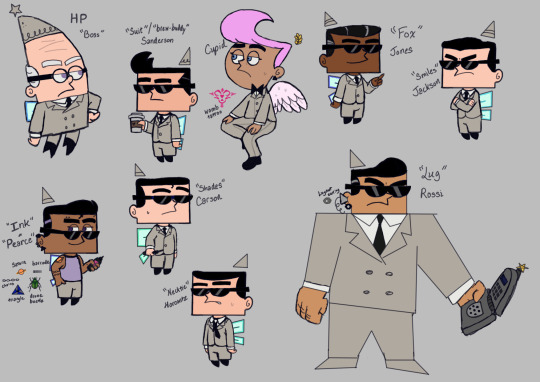
here are some pixie designs (and Cupid) i was messing around with for an AU that's consumed my entire soul. i like to think that there are differences between the pixies, even if it is funny they mostly look the same.
the "nicknames" are what Cupid calls them. Pearce/Ink was a last minute addition but he's probably my favorite of the bunch (aside from Sanderson of course). i think the most embarrassing thing is i actually have more pixie OCs in other AUs. they're very special to me.
#fairly oddparents#fop head pixie#fop sanderson#fop cupid#fop pixies#fop fanart#my art#tar pit trap au#in case i decide to post more of it#i was listening to heart-shaped box when i first made the au#'why does cupid have a womb tattoo' don't ask questions you aren't prepared to hear the answer to#it starts out with HP/Cupid but the endgame is Sanderson/Cupid#because sanderson x cupid means the WORLD to me#cupid is filipino cause i said so#this entire au spawned because i was drawing crackship fankids. i made an HP/Cupid kid and then lost control of myself#i don't think twt is prepared for how fcked up my mind can be so i'm not gonna elaborate too much on this au#do you know how many ns/fw drawings i've done for this au. with no one and no where to share. heartbreaking.#the pixies are my favorite things ever if it wasn't obvious#pearce has more tattoos. i just haven't thought of them yet.
10 notes
·
View notes
Text
+ Danran (Daniel Ramos)
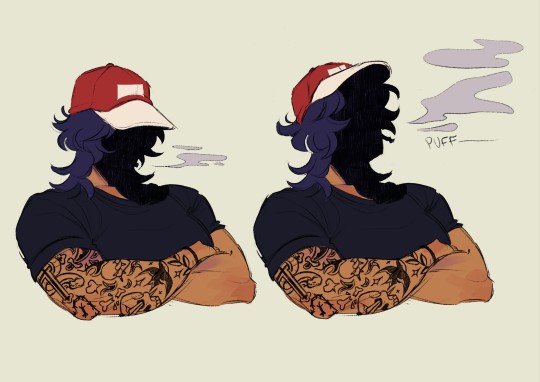
(ref @/drunkenfix no tt)
#art#illustration#oc art#original character#biker boy#biker oc#biker babe#smoking#muscular#tattoos#cap#faceless#🤗💞🤗🤗😊😊😊🤗✨️#ele é filipino
48 notes
·
View notes
Text
yknow what why not lol
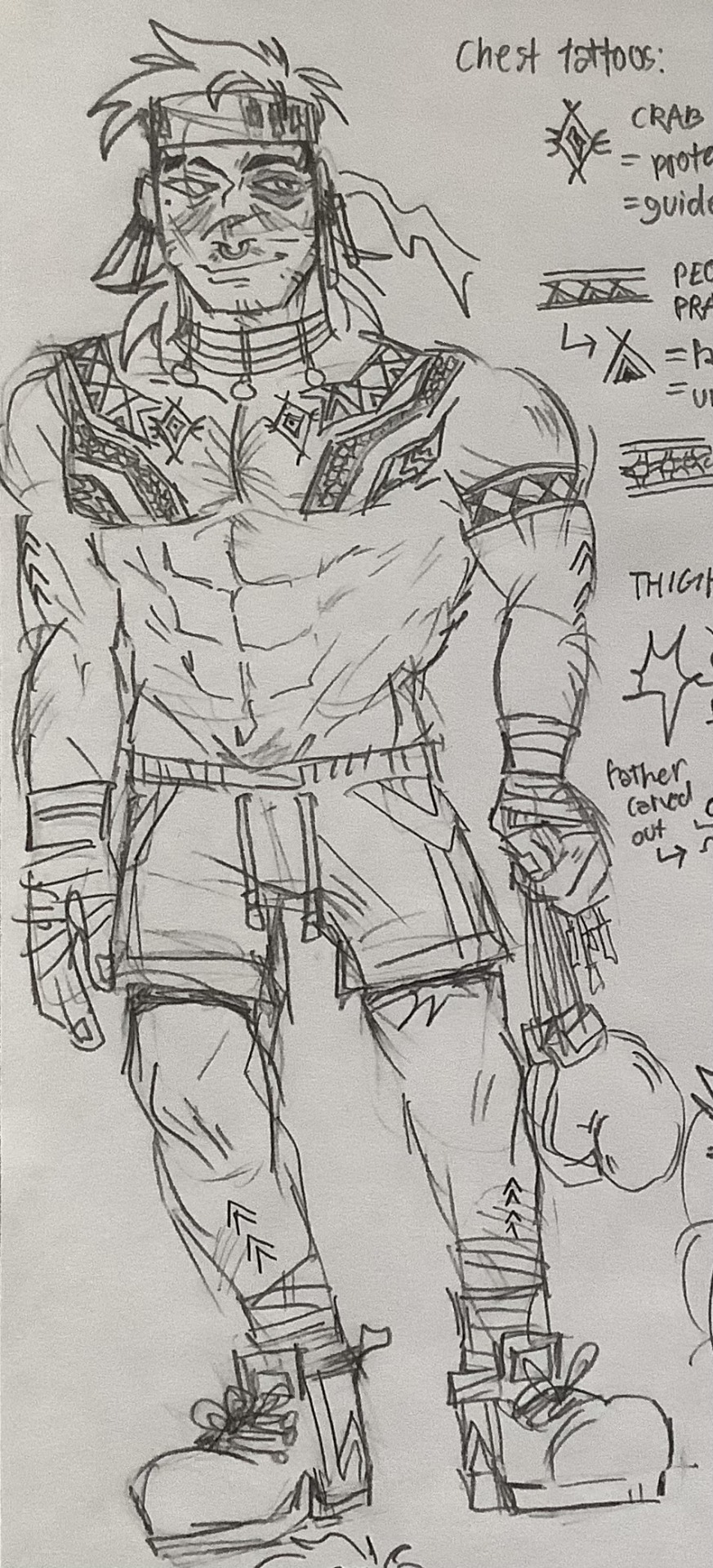
Here’s one of the three MK ocs I’ve been working on! His names Sandro and he’s painfully Filipino owch.
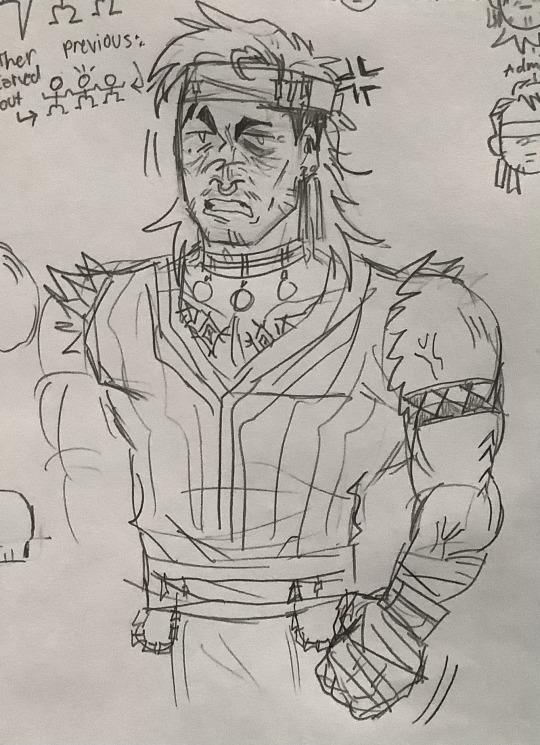

Here’s his wu shi outfit :3
I also don’t have detailed lore for him yet? But all I got right now is he ran away from his family when he was younger and because he had nowhere to go, he started going to this underground boxing thing and he eventually became one of their leading champions lol.
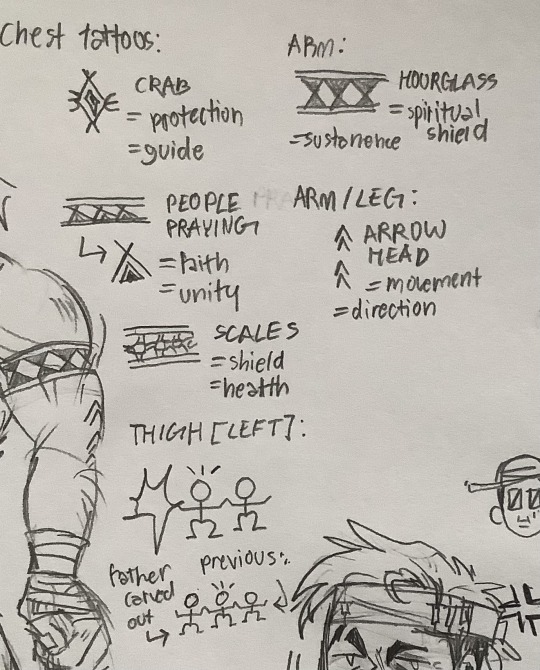

Another thing is I kinna also made him the descendant of the Filipino war god Apolaki but it also his boxer title or whatever (SOBBING)
I might elaborate more soon but here’s just the tip of the iceberg cuz I still have to design his brother💔
thx for listening😭
#mortal kombat 1#mortal kombat#mk oc#oc#oc art#traditional art#His tattoos were gen HELL to draw#What if I tell u rn this is his simplified design#Norma reedus try not to add kalinga tattoos to your Filipino ocs go!!#(I failed)
46 notes
·
View notes
Text
Here's yet another Spy x Family ramble post since those seem to do well here lmao
It's about Yor this time!

Originally I just wanted to talk about one headcanon I had for her, but then I figured, why not talk about a few while I'm here? Considering how much I talked about Twilight in the last two posts alone, Yor deserves some rambles from me.
Anyway, first headcanon: she's autistic. Like, I got some vibes when I first watched the anime, and saw how she took her coworkers' joke to blow snot (I watch it dubbed, don't judge me) in someone's coffee seriously, then being told she's "unique". Then she constantly worries about appearing normal in front of people, and not just because she's a single woman at 27 (which happened to be the age I was when I first got into Spy x Family). She even has "unconventional" hyperfixations (on knives or other sharp weapons), and clearly has major social anxiety. Basically, Yor screams autistic/neurodivergent vibes. Honestly, the whole Forger family does, but Yor is especially blatant for me as I'm also autistic. So, yeah. Yor is autistic because I said so 😂
Another headcanon I'm projecting onto her is that she's part Filipino (I know the series takes place in a semi fictional world where even though it's inspired by our world, it's not exact). This came from a fanfic I found where Yor takes care of a sick Loid and, thinking he's sleeping, opens up a bit about her mother being from the Philippines. Even the author was projecting this because they too are Filipino, and guess what? So am I! Well, only by a quarter, but that still matters! I also know I'm not the only fan that headcanons Yor (and Yuri) to be Spy x Family's equivalent of Asian, so my interpretation (as well as the author of that fic) is just one of many 🥰
Here's that fanfic if anyone's interested: https://archiveofourown.org/works/46420426
Next, here's a headcanon that I'm NOT projecting onto her: she has a rose tattoo on her abdomen. This idea came about after listening to Victoria Beckham's song "Not Such an Innocent Girl", specifically the lyric about having a secret rose tattoo. I was struck by the thought that Yor would totally rock a rose tattoo (especially if it had thorns, 'cause Thorn Princess), and that it would definitely be kept a secret for several reasons. It clearly can't be on any of her limbs, so it would have to be somewhere on her torso. I looked up several examples for ideas, and this one is my favorite:
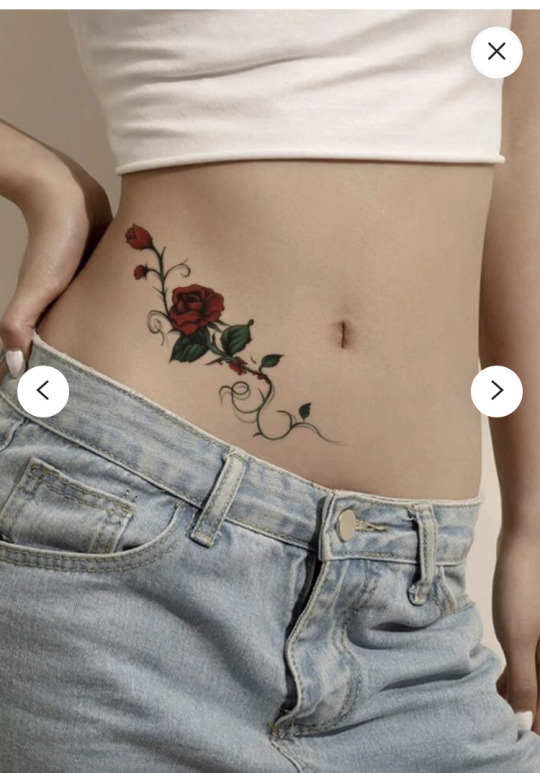
(Can you just imagine, when Twiyor gets intimate for the first time, Loid kisses the tattoo? 'Cause I can 🥵)
Also, I realize that this particular headcanon is the least plausible of what I talked about here so far, but I don't care. I'm letting the Yor in my head rock this tattoo 'cause she would look great with it! 😤🌹
Now this one, I'm not sure if it's merely a headcanon or borderline canon without being explicitly stated, but I have seen this topic come up every now and again. Without getting too deep into it for now, I'll just say: Yor is a virgin, but she still knows what sex is 😳
ahem, moving on.
This is the last headcanon I'll share for now, and it's something I briefly mentioned before: Yor is bisexual. Like, I'm a major Twiyor, obviously, but I'm not blind to how she and Melinda interact with each other (also, Melinda is straight up a lesbian, but I digress). I have a love-hate relationship with this phrase because reasons, but I still think it's valid to say that Yor has two hands. She deserves a husband and a girlfriend 😏 (let's just hope that Melinda doesn't turn out to be evil 💀)
Well, that's all for now! I know I said in my last Spy x Family post that my next one might be about Twiyor having twins, but I promise that will come soon! What do you think about these headcanons? Agree or disagree? Valid thoughts or delusional rambles?
#spy x family#yor forger#headcanons#half of them are just me projecting lmao#but that's fine right?#yor is a bisexual autistic filipino woman with a secret rose tattoo pass it on
24 notes
·
View notes
Text

Raquel
Hollywood, CA
#raquel lily#filipino#nishika n9000#3d cam#3d gif#crop top#cat woman#cactus#portrait#tattoo#film#analog#filmisnotdead#ishootfilm#los angeles#la#35mm
22 notes
·
View notes
Text
I've had the pleasure to meet and get the signature 3 dots tattoo from the world famous Apo Whang-Od! She was a busy lady tattooing all day at the age of 106 years old. We had some pretty good banter in the short time we spent together. She also took a liking to my husband, maybe a lil too much lmaooooo
The three dots tattoo represents herself and her two grand-nieces/apprentices: Grace Palicas and Ilyang Wigan. A simple but clear showcase of the continous tradition of tattooing in Buscalan.
The other design I've gotten was the kappi crab, which symbolises/represents: the traveller, protection, the world before creation and the guide. The kappi crab was an obsolete design that was revived by Apo Whang-Od herself. It was previously found all throughout the archipelago and was tied to various creation stories. The kappi crab is also associated with Angalo, the ancestor of the Ilokano people. And as part Ilokano I am truly grateful to receive this ancestral symbol to cherish it forever.
I had a wonderful time in Buscalan, the locals were absolutely lovely and were very patient when we were huffing and puffing through the trail up and down their mountains. The views were absolutely stunning and certainly helped distract from the pain of the fresh tattoo! 🤣✨
I will definitely provide a healing update in the near future. It's been a few days and the redness has already gone down a lot. 🙏✨

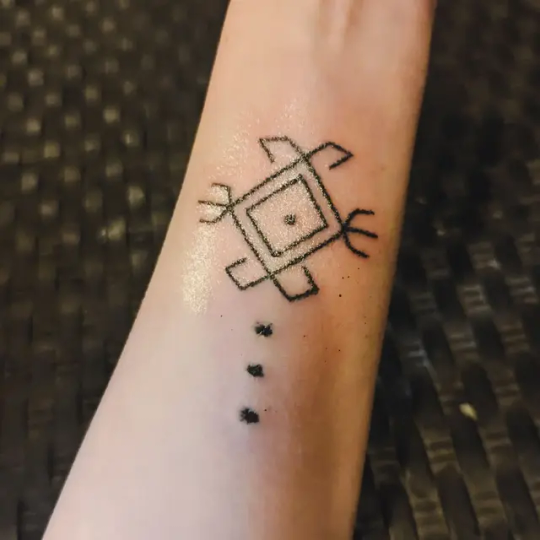
#traditional tattoo#Apo Whang-Od#Buscalan Tattoo Village#Ilokano people#ilokano#filipino witchblr#witchblr#ancestral veneration#filipino tattoo traditions#filipino folk tradition#Whang-Od#kappi crab#angalo the giant
14 notes
·
View notes
Text


CANADIANS!!! My partner tattoos at a rlly cool queer owned tattoo shop in Edmonton :3
QR code is for his ig!
3 notes
·
View notes
Text
epic mind spiralling about whether it would be cultural appropriation for me, a filipino person, to get traditional filipino tattoos done because really me and my family have had no contact with that part of our culture in generations. am i trying to get away with wearing it as an aesthetic just because i have the brownie points to say it's mine by blood when it's really not part of my life? who knows! i hate historical colonization this is so difficult! why are we catholic now!
#.txt#and i think my brother might laugh at me#or his boyfriend who has opinions on who ''real filipinos'' are (ie not us second gens) ...#on the other hand it's a dying artform adn the people doing these tattoos are trying to preserve it#ah well#maybe i'll just get a little centipede tattoo
2 notes
·
View notes
Text
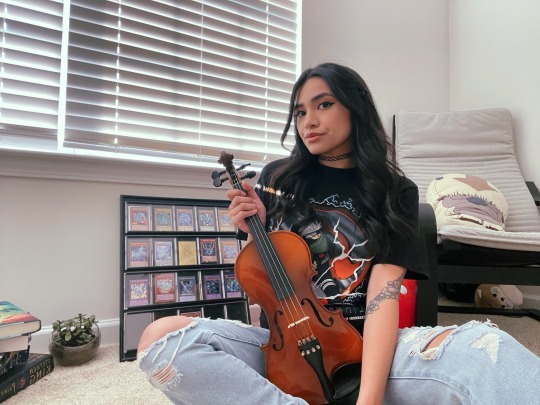
where my all grown up orchestra and band kids? 🖤✨🎼
#latenight#explore#filipina#filipino#orchestra#violin#music#kakashi#twitch#girls with tattoos#emo#yugioh#nerds#nerd girls
8 notes
·
View notes